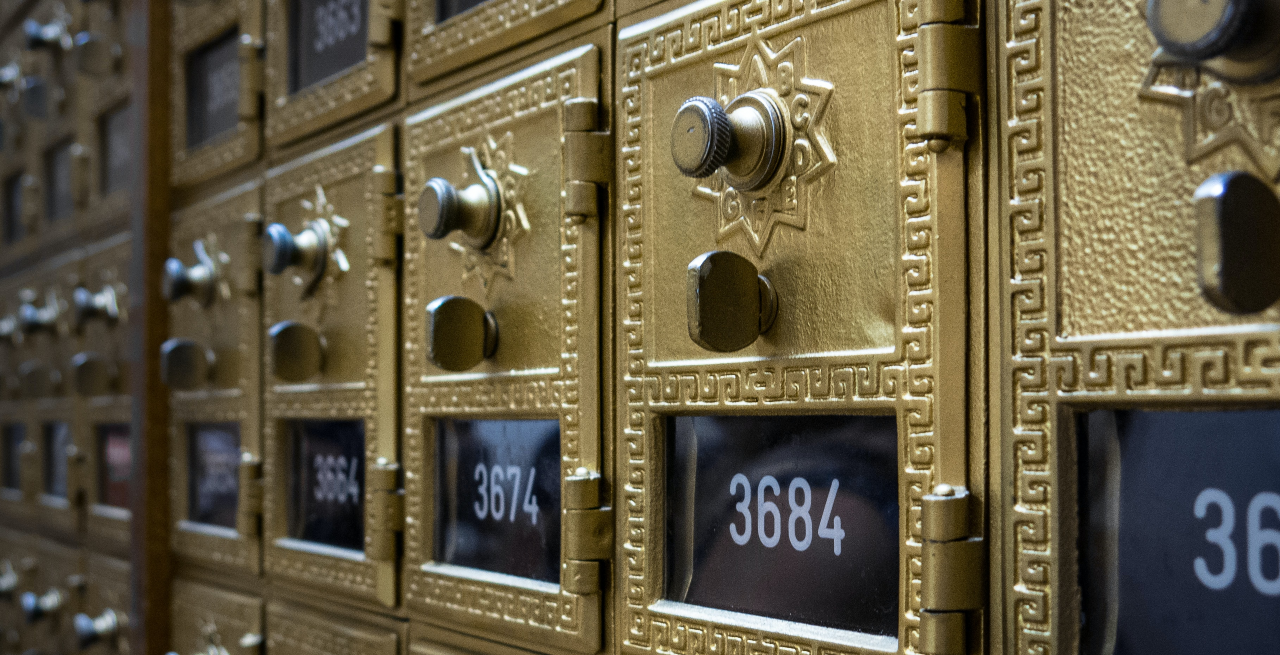Does Prioritizing Digital at the Expense of Direct Mail Lose Money for Restaurants?
3 Min Read By Wayne Wilson
Twenty years ago, spending marketing dollars on digital ads was a new concept. Facebook? Didn't exist. Instagram? Also non-existent. Google was still young, but they had a new advertising platform that used an old-fashioned but attractive buying strategy: The auction.
The Growth of Digital
Unlike traditional advertisements like print mail or radio, the auction allowed you to bid what you wanted for an ad, not some flat rate outside of your control. This meant if you had no competitors, you could advertise for cheap. That's exactly what people did.
Not only were digital ads cheap, but they were also effective (and they’re still effective, just not as cheap as they used to be). Businesses took their money from traditional marketing budgets and shoved it into digital. As the internet shifted from a place where people went to find information to a place where people went to be entertained, more advertising options opened up. Social media companies offered ads using the same auction-style payment strategy, which is still the norm today.
This dominated for years, but as more and more advertisers joined the auction, the cost to compete went up. Restaurants were among the first to feel the pressure with increasing costs per acquisition. With tighter margins than other industries, restaurants have less room for error with their marketing dollars. Some people say this is where we are today. When I hear about restaurants paying more for a click than it costs to put a postcard in a potential diner's mailbox, I wonder if it’s time to shift some of those marketing dollars back to traditional means.
The Benefits of Mail
What many owners have yet to realize is the upside to traditional media once digital ads become expensive. If you want to expand your reach with direct mail, you can print more mailers at the same cost, or even lower with bulk quantity discounts. If you want to expand your reach in an auction, that extra reach will be at a higher cost because either a competitor is already willing to pay more than you or there is a lack of supply with ad space that your budget demands. It's kind of like buying group tickets to a concert or football game, but with every next ticket you buy, they raise the price because they know you'll pay – and the supply of tickets decreases.
This was one of the top problems the Birthday Program aimed to solve. If restaurants want more sales and expect an increase in advertising to cause a proportional increase in customers, you can do that. Unlike online ads, you can hit 100 percent of your target market, and that last 10 percent won't cost you an arm and a leg.
In a nutshell, the Birthday Program strategy is to pull public list data of anyone in your target area who has a birthday in the month you’re sending the postcard. Because it’s data collected by list companies and sources, these target customers don’t even have to be in your system. Then, every month, you drop a postcard mailing to people in your area with birthdays in that month using engaging offers to get regular birthday traffic to your restaurant.
Eventually, you’ll hit every person in your market because everyone has a special day. Furthermore, people are likely to become repeat visitors every year when they receive their offers.
However, if you're getting more customers for your money online, then you should make the most of that first.
Know Your Numbers
What you shouldn't do is sink more money into digital just because it's the popular thing to do. Keep in mind, direct mail never stopped working. Budgets shifted to digital because it was cheaper at the time, but now that digital is so competitive and increasingly more expensive, there’s more room and less competition in the mailbox. The situation has at least leveled if not flipped, and you wouldn’t know unless you look closely at your numbers.
Now is the time to review your marketing reports and ask the hard questions. How much does it cost for you to get a customer through the door via digital marketing? How does that compare to your direct mail campaigns? If you put more money into digital, at what point would your money be better spent somewhere else?
If you're spending money on digital and it costs more to get customers than you'd see with direct mail, that's bad business and you're losing money. The point where that happens is unique for every restaurant, but if you take the time to find out, I’m sure you'll be glad that you did.


